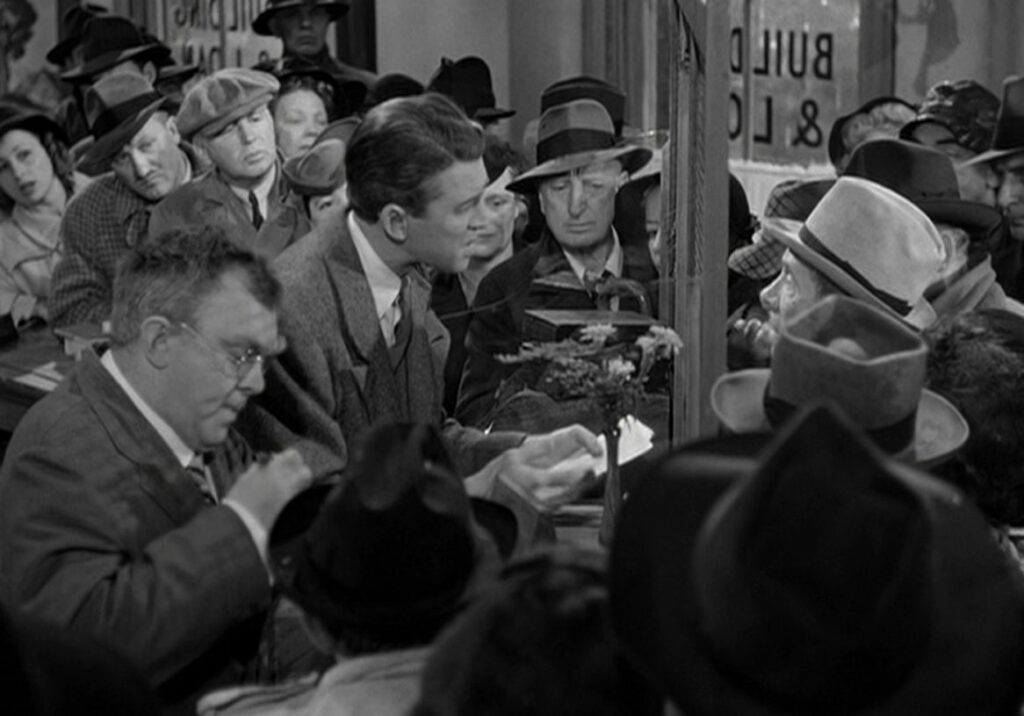DOUBLE BANK SHOT

Talk about bank shots! Silicon Valley Bank (SVB) collapsed and was shut down last week, in the biggest bank failure since the 2008 meltdown. New York based Signature Bank soon followed. What’s going on? Bank-A-Geddon? Margin Call 2? So far it seems the line is being held, and some depositors are getting money. But what happened?
Here’s how banks work: Mary deposits money in Bob’s Bank. Bob pays you interest using your money. Bob lends the money you deposited to Jim at interest, so that Jim can open his YoYo Store. Jim pays Bob’s Bank the principal and interest so Bob can pay Mary the interest and make a profit besides.
Bob also has other ways to make money so that he can pay the depositors. He can buy a portfolio of bonds, for guaranteed income. The bonds are just someone—say, the government—themselves borrowing money for a fixed term, say 4% for 10 years.
Now Mary can withdraw her money from Bob’s Bank with no trouble—unless she’s the one biggest depositor-like Jed Clampett in the Beverly Hillbillies. Mary can probably get her money any time she wants, but if all the Marys decide they want all their money at once, Bob won’t have enough cash on hand. If everybody suddenly lose confidence in the bank want their money, you’ll get a bank run. Remember the 1929 Crash scene from “It’s A Wonderful Life?” Jimmy Stewart had just enough to pay off and keep a dollar left over. A lot of banks didn’t.

SVB didn’t. Why? Well, Silicon Valley Bank’s business was lending money to tech startups in…well, Silicon Valley. This sector has been slowing. SVB had a lot of money in deposits. To hedge it’s bets and keep income, it did what a lot of banks do: it bought US bonds. These bonds were stable and long term, with a lower interest rate, but tied up the investment longer as well.
Now the bonds had a decent rate of return when bought, but when interest rates go up, the bonds with lower interest rates fall. Interest rates have been going way up, to try and cool inflation. So SVB found itself in a fragile position, and if it suddenly needed to play Jimmy Stewart and pay off depositors, it might not have enough cash.
Now one idea: Peter Theil, PayPal founder, whose Founders Fund recently withdrew money from SVB may have been Jed Clampett to SVB’s Melvin Drysdale. But Thiel’s a Republican donor, and would make a convenient villain for the usual suspects. Whatever cause, depositors rushed in, and SVB didn’t have enough cash; selling it’s bonds wasn’t an option because market price had dropped due to rising interest rates. Bank closes. Feds say they’re bailing out depositors but it’s not a bailout. OK, then.
Next, same thing happened in New York with Signature.
So now you know how SVB failed and how banks work—or don’t work. Some other Qs:
–Who was watching the store? Didn’t SVB see higher interest rate danger? It’s not like the Inflation wasn’t obvious a year ago, and raising interest rates is guaranteed response. Well, banks hire people to be Risk Managers, to keep an eye on things like inflation and possible rising interest rates. SVB had one: Jay Ersapah, head of financial risk management at SVB Bank. She evidently had other tasks as well: chairing the LGBTQ+ group and spreading awareness of lived queer experiences.
Maybe had nothing to do with her failure at her main job, but SVB indeed got woke, went broke.
–The big villain? BidenFlation. Inflation doesn’t just steal from folks like you and me at the gas pump and grocery store. Now it’s claimed two banks. And it’s still going on.
–The bank bailout that isn’t a bailout? Shades of Too Big To Fail?
–Interesting tie: an SVB Executive sits on the board of Governor Gavin Newsom’s significant other Jennifer Siebel Newsom’s California Partners Project. SVB executives were big contributors to Democrat politicos and the party. Depositors including top-tier venture capital firms like Andreesen Horowitz and Sequoia Capital—big Dem backers– were bailed out, the equity and bondholders were completely wiped out Too big to fail, or too connected to fail?
–Lesson: Keep your eye on your money and maybe trust but always verify.
UPDATE! Moody’s Rating Service downgrades US banks from ‘stable’ to ‘negative.’
